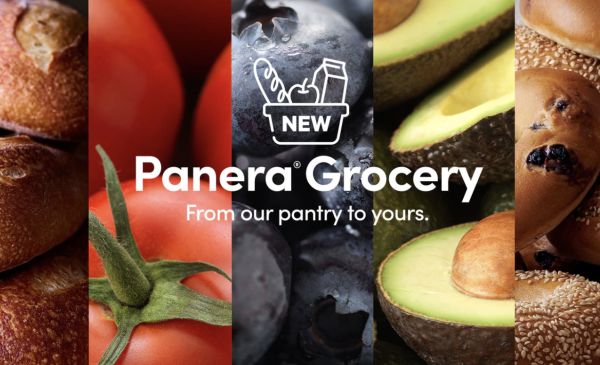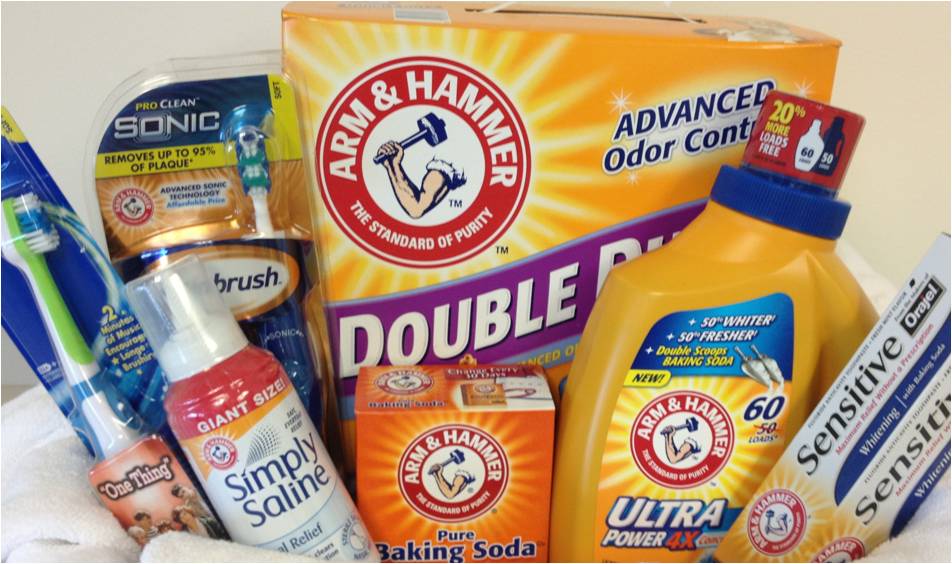Brand extensions, like Jeep’s strollers, Maxim’s hair color, or Apple’s iTunes are lucrative ways that a brand can increase its revenue and customer base—or confuse and alienate them. In an increasingly borderless world in which brands can be as powerful as currency, stretching brands that already have strong equity has become an ever more important avenue for growth. However, many attempts at brand stretch fail in the marketplace. How firms and their brands can avoid pitfalls and best manage brand extensions globally is addressed in a recent paper by Rohini Ahluwalia, professor of marketing at the University of Minnesota’s Carlson School of Management, forthcoming in the Journal of Marketing Research.
Over 80 percent of all new products are categorized as brand extensions, emphasizing the importance of their success. Ahluwalia’s findings identify an important segmentation variable for marketers to consider when launching brand extensions. “Stretching a brand makes it important to target an audience that will be able to process and understand the relationship of the brand to the new product,” says Ahluwalia. “Getting it right the first time is crucial, because early success with a target audience can help with future extensions. And the broader a brand gets, the easier it is to stretch next time.”
Individuals can be categorized into one of the two types of self-views: relational or independent. Her findings reveal that buyers with a more relational or connected-to-others self-view (e.g., females, Asian Americans, Hispanics, and those hailing from Eastern nations) are more open to accepting brand stretches than those associated with an independent self-view (e.g., males, Caucasians, and Westerners). Knowing target customers’ self-view type could be key to managing a new product launch.
But why? Ahluwalia explains, “Consumers whose self-view stresses connectedness are predisposed to finding more relationships between objects—such as a parent brand and its extension—than people with a more independent self-view. They uncover more similarities and synergies, making them more receptive to a brand stretch. For instance, a relational individual may easily see how Jeep’s reputation for durability and a smooth ride would also make sense for a stroller.” For shoppers with an independent self-view, who tend to be more analytical, these ties might not be as obvious.
Ahluwalia also reveals an important limiting factor to the extent to which a brand can stretch. While the effect is observed for moderate levels of brand stretch (e.g., Jeep strollers or Godiva ice cream), it is less likely to emerge when the extension stretches the brand further (e.g., Starbuck’s Airlines or a Johnson & Johnson noodle product). In these cases, even those with a relational self-view find it difficult to uncover clear connections.
Ahluwalia has, however, found ways that a company can increase the chances of success with relational consumers, even for far-reaching brand stretches. “There are some specific techniques that might help remove these road blocks. For instance, advertising copy strategies like using a question headline, puns, or metaphors will engage and motivate those with a relational self-view to focus and elaborate on the connection,” advises Ahluwalia. “When this audience is challenged to think about the relationship of the product to the brand, they are even more likely to understand and accept the brand stretch.”
What does this mean for marketers? “Know your target audience,” Ahluwalia prescribes. “Your customers who relate to an interdependent or relational self-view—like Asian, Hispanic, or female markets—are more likely to accept brand extensions than other people, especially if you capture their attention and get them to think about the brand-product connection.” With the proper preparation and a well-aimed stretch campaign, marketers can find themselves steering an increasingly elastic—and profitable—brand.
Contributed to Branding Strategy Insider by: Rohini Ahluwalia from his paper “How Far Can a Brand Stretch? Understanding the Role of Self-Construal,” in the June 2008 issue of the Journal of Marketing Research.
The Blake Project Can Help: The Brand Licensing Audit
Branding Strategy Insider is a service of The Blake Project: A strategic brand consultancy specializing in Brand Research, Brand Strategy, Brand Licensing and Brand Education





One comment
Bipin Mishra
December 20, 2008 at 11:00 pm
So how far will a brand stretch? While there are no hard and fast rules, a basic guideline is to determine how closely aligned the extension is from current perceptions. Wal-Mart has built its brand on ‘cheap.’ The likelihood of successfully extending upwards towards “more affluent tastes” is dubious unless it disconnects the Wal-Mart name using a sub-brand. The Wal-Mart connection with healthcare has a much tighter association — healthcare costs have spiraled out of control, and Wal-Mart is a very viable brand to bring affordable healthcare to lower-income segments. And by doing so, some (needed) positive brand equity can be generated for the master brand.
Samsonite is another story. By their own admission, “people still think of that hard, plastic suitcase when they think of Samsonite.” It’s associated with durable, not with style. Last year they acquired Lambertson Truex, a high-end leather-goods maker; IMO, it would have been an easier and less expensive proposition to position Truex as the high-end brand and keep Samsonite as the durable mass brand. That would give the company two distinct brands to appeal to two very distinct target audiences, and it would keep the aperture for revenue opportunities much wider. Repositioning Samsonite can be done if they create a cool enough product, but it will be challenging and I’m not sure it’s the smartest move for the company. Time will tell.
Comments are closed.